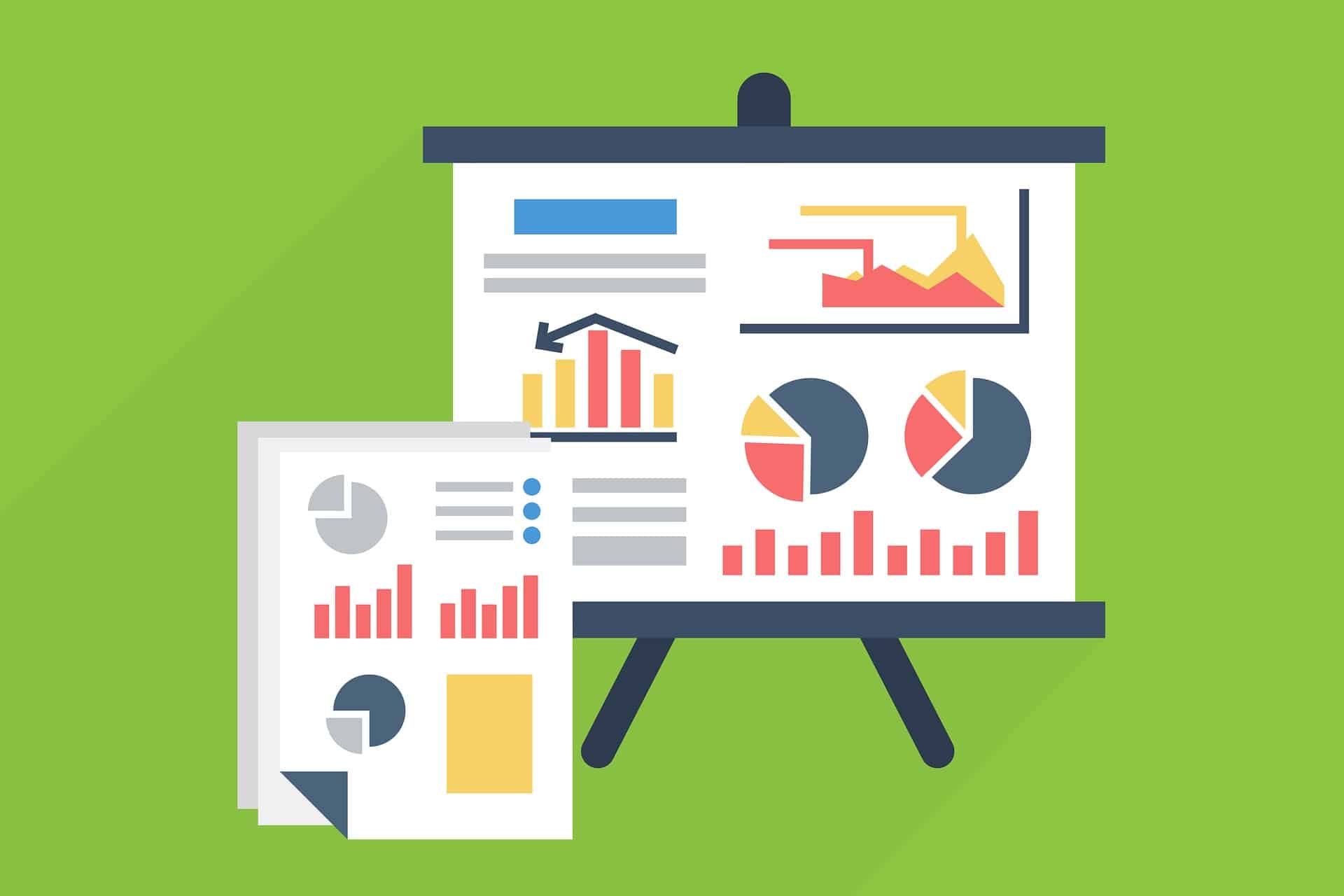As humans, we generate over 2.5 quintillion bytes of data every single day – now that’s a lot for any business to get through!
However, as technology evolves, it has never been easier to collect, analyse and interpret data into actionable outcomes.
For many companies, data sits on a dashboard, but is not utilised – but the question is, why?
Instead of letting data degrade, it’s important to use the analytics from it properly and integrate it into your growth strategy to make better decisions; Research reveals, data driven businesses are growing at an average of more than 30% annually.
To put it simply, data driven decision making is using data to inform your decision making process and validate a course of action before actually committing to it.
Ultimately, the way real-time data can be incorporated into the decision making process will depend on a number of factors – i.e. your specific business goals and the quality of data you have access to.
Let’s discuss our top 4 benefits of how real time, data driven analytics can help your business.
1. Make Confident Decisions
Once you begin using data driven analytics, it’s more than likely you will find it easier to reach a decision about a business challenge you may be facing, such as deciding if a product should be discontinued.
On one hand, it serves to benchmark what already exists, which can help to better understand the impact of the decision you’re about to make.
On the other hand, data is concrete in a way that intuition is not, therefore removing subjective elements and human error means you can make confident decisions for your business as a whole and commit to a long or short term strategy without worrying too much that a wrong decision has been made.
2. Become More Proactive
Historically, businesses were forced to take a reactive approach to issues within the business.
Luckily today, technology now offers the ability to apply predictive strategies by taking advantage of real-time data analytics as a means to identify patterns that could have been missed using traditional data gathering methods.
As opposed to creating lengthy reports from multiple sources – and then trying to decipher what it all means – software now allows this data to be merged together; connecting the dots that would have otherwise been lost in translation.
With this in mind, it’s possible to leverage this data in a more proactive way, such as identifying new opportunities before your competition or identifying threats before they become too serious.
3. Improve Operational Processes
Businesses can benefit from real time analytics to monitor the balance of incoming orders or product availability, which can help to quickly assess which area in operations needs work.
For instance, let’s say production, packaging or shipping is falling behind target, real-time data can help detect the need for short-term labour where necessary.
At the end of the day, improving the operational process is one of the most effective ways to increase productivity and thus improve your bottom line.
Therefore, real time data allows you to understand where your business currently stands, where it’s been and where it needs to go.
From a managerial point of view, this can help to devise a strategy to keep a handle on all organisational assets, resulting in a more efficiently run business and an engaged workforce.
4. Identify Market Changes
Some industries, such as retail, are sensitive to fluctuations in the market where consumer behaviour can change overnight.
Needless to say, real-time data is essential for business survival in these circumstances.
Inevitably, the retail experience is moving online and retailers must respond quickly to changing demand, costs and customer trends, and in this instance, real-time data proves to be invaluable.
Of course, it is possible to move slowly and ride through some disruptions – but most businesses do not have this luxury.
As such, it’s much smarter to use data to identify and monitor the market and make more efficient decisions.
Overall, powerful advances in workplace technology means both the business and it’s employees can function like a well-oiled machine by using these tools – and make better, informed decisions for positive business outcomes.
For more information, please get in touch today.

